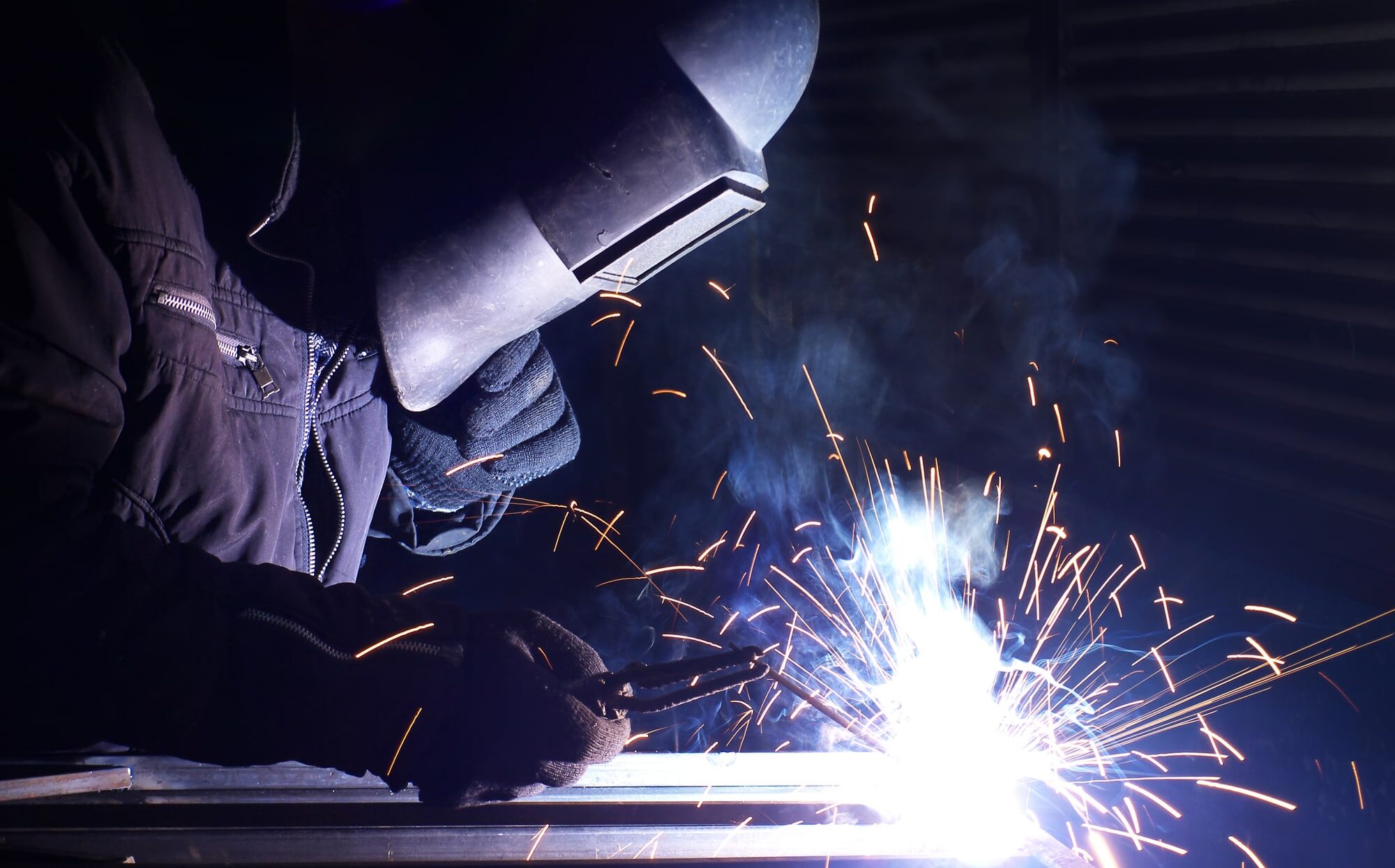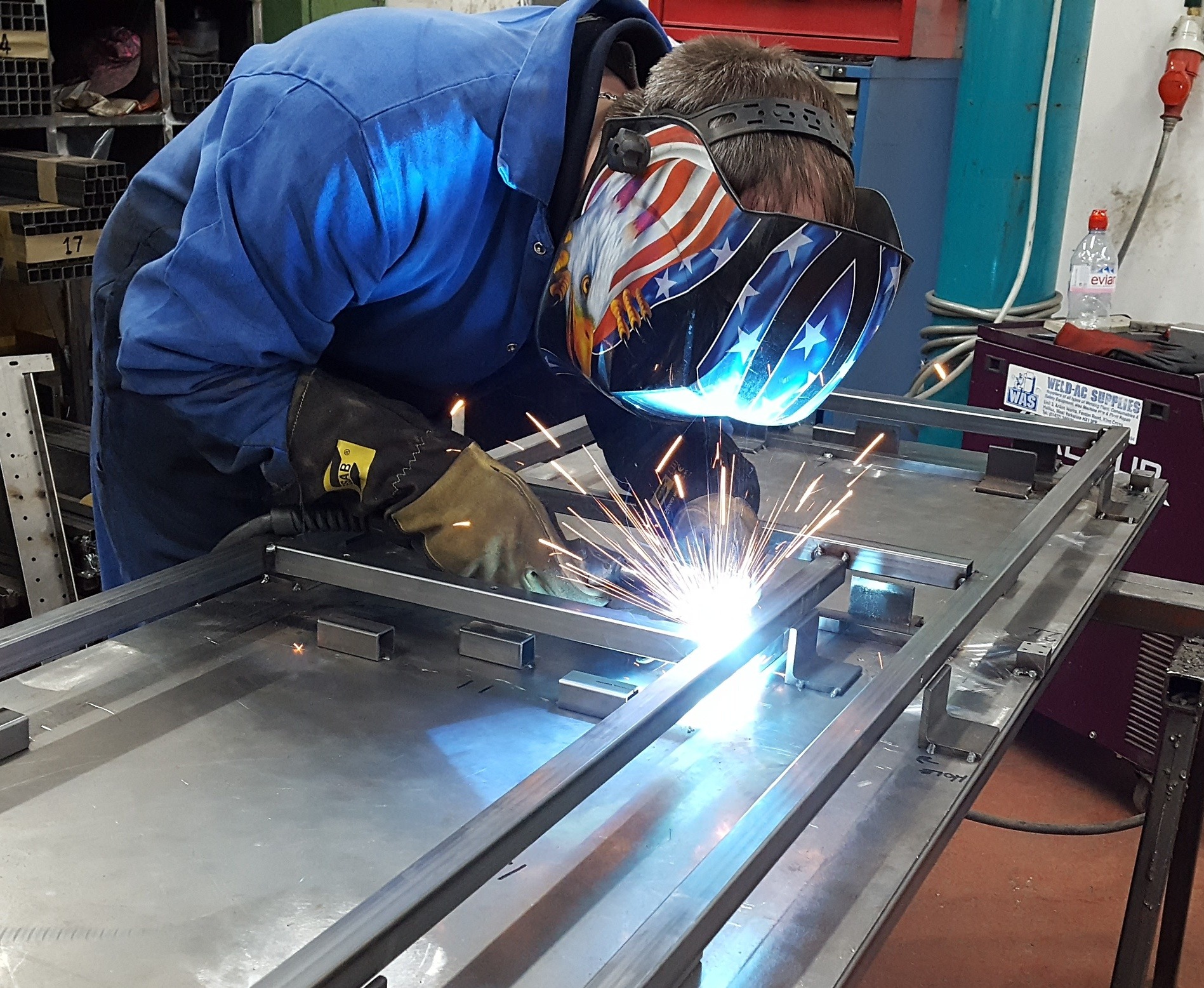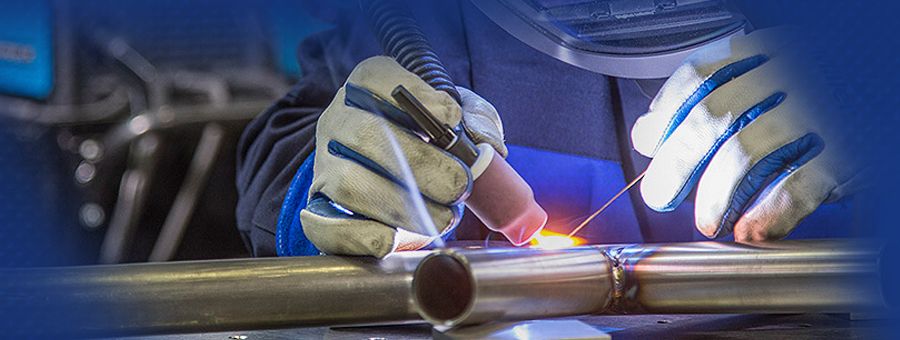Common Welding Fixing Issues and Just How to Address Them Effectively
Welding repair work commonly run into a variety of problems that can endanger the honesty of the final product. Usual problems consist of inadequate infiltration, porosity, and imbalance, among others. Each defect provides one-of-a-kind difficulties that need certain methods for resolution. Comprehending these problems is important for welders aiming to enhance their skills and results. This conversation will discover these typical welding repair service issues and reliable methods to address them.
Inadequate Infiltration
Poor infiltration happens when the weld steel fails to totally fuse with the base product, causing weak joints and prospective architectural failures. This issue often stems from insufficient warmth input, inaccurate electrode angle, or incorrect welding rate. Welders may encounter inadequate infiltration as a result of a mistake of the required specifications for a specific material density or type. Furthermore, contamination on the base product's surface area can impede effective bonding, worsening the issue. To address poor penetration, welders should ensure suitable settings on their devices and maintain a tidy job surface area. Regular evaluation of welds is suggested to identify any kind of shortages early, permitting timely improvements and the prevention of endangered structural stability in welded settings up.
Porosity
Porosity is an usual problem in bonded joints that shows up as tiny gas bubbles entraped within the weld steel. This flaw can compromise the stability of the weld, resulting in decreased strength and potential failing under tension. Belgrade Welding. Porosity typically develops from contamination, moisture, or improper welding strategies, which permit gases to run away into the liquified weld swimming pool. To address porosity, welders need to assure proper surface prep work, maintain a tidy functioning setting, and use ideal welding specifications. Additionally, selecting the best filler product and securing gas can minimize gas entrapment. Routine examination and testing of welds can aid recognize porosity early, guaranteeing prompt corrective activities are taken, thus protecting the quality and reliability of the bonded structure
Imbalance
Imbalance in welding can develop from different aspects, consisting of improper setup and thermal development. Recognizing the source is necessary for effective resolution. A number of modification strategies are available to straighten components and ensure structural integrity.
Reasons for Misalignment
Welding misalignment typically comes from a selection of underlying problems that can endanger architectural honesty. One primary reason is improper fit-up of parts prior to welding, which can cause voids and unequal surface areas. Variants in thermal expansion throughout the welding process can also result in distortion, specifically if the materials being joined have different coefficients of development. In addition, poor securing and fixturing might stop working to hold components securely in area, leading to activity throughout welding. Inadequately conserved tools, consisting of welding equipments and tools, might introduce disparities in the weld grain, more contributing to imbalance. Operator error, stemming from not enough training or experience, can additionally play a considerable function in developing misaligned welds.

Adjustment Methods Available
Resolving misalignment effectively needs a combination of corrective techniques customized to the details issues available. One typical approach is the use of components or jigs to hold elements in the appropriate position throughout welding, guaranteeing regular placement. Additionally, preheating the materials can help decrease distortion and improve fit-up. For substantial misalignment, mechanical realignment methods, such as utilizing hydraulic jacks or clamps, can be utilized to correct the placement prior to welding. Post-weld warmth therapy may likewise be necessary to eliminate stress and anxieties triggered by imbalance. Mindful examination and change throughout the configuration phase can stop misalignment issues from becoming considerable problems, promoting a smoother welding procedure and boosting total structural honesty.
Distortion
Distortion is an usual obstacle in welding that can occur from various factors, consisting of irregular cooling and heating. Recognizing the sources of distortion is necessary for executing effective avoidance techniques. Resolving this problem not only boosts structural honesty yet likewise boosts the overall quality of the weld.
Causes of Distortion
When based on the intense warmth of welding, materials typically undertake modifications that can cause distortion. This phenomenon mainly occurs from thermal expansion and contraction during the welding procedure. As the weld area warms up, the material expands; upon cooling, it gets, which can create interior tensions. In enhancement, irregular heating throughout a work surface can intensify these tensions, causing warping or flexing. The kind of product additionally plays a substantial role; steels with differing thermal conductivity and coefficients of development might react differently, leading to uncertain distortions. Moreover, bad joint layout and insufficient fixturing can contribute to imbalance during welding, enhancing the probability of distortion. Comprehending these causes is vital for effective welding repair work and prevention techniques.
Prevention Techniques
Efficient avoidance methods for distortion during welding concentrate on managing heat input and guaranteeing appropriate joint style. Keeping a constant heat input helps to minimize thermal growth and tightening, which can cause distortion. Making use of methods such as pre-heating the workpiece can likewise minimize the temperature level slope, promoting consistent home heating. Furthermore, picking ideal joint designs, such as T-joints or lap joints, can enhance security and reduce anxiety focus. Executing correct fixturing to secure the workpieces in location even more aids in preserving positioning during the welding procedure. Lastly, staggered welding sequences can disperse warmth more evenly, avoiding localized distortion. By applying these approaches, welders can considerably decrease the probability of distortion and enhance the general high quality of their welds.
Fracturing
Cracking is an usual issue experienced in welding repair work, usually arising from various factors such as improper cooling prices, material choice, or insufficient joint preparation. The occurrence of best home welder cracks can substantially jeopardize the stability of the weld, leading to possible failings throughout operation. To resolve this problem, welders have to initially analyze the root triggers, ensuring that products are suitable and appropriately picked for the details application. In addition, regulating the cooling price throughout the welding process is necessary; fast air conditioning can generate anxiety and bring about fracturing. Proper joint layout and preparation also add to minimizing the risk. Executing these strategies can improve weld top quality and sturdiness, eventually decreasing the probability of splitting in finished weldments.

Incomplete Combination
A significant aws welding problem in welding repair work is insufficient fusion, which happens when the weld steel does not appropriately bond with the base product or previous weld passes - Belgrade Fabrication. This defect can bring about weak points in the joint, possibly endangering the honesty of the welded framework. Elements adding to insufficient combination include insufficient warmth input, incorrect welding strategy, and contamination of the surface areas being signed up with. To resolve this concern effectively, welders must guarantee appropriate pre-weld cleaning and surface area prep work, as well as change their welding specifications to accomplish adequate infiltration and fusion. Routine inspection during the welding procedure can additionally assist recognize insufficient blend early, permitting prompt restorative procedures to enhance the overall high quality of the weld
Overheating
While welding fixings can improve structural integrity, overheating offers a significant difficulty that can lead to product degradation. Extreme heat during welding can change the mechanical residential properties of metals, causing decreased strength, enhanced brittleness, and bending. This sensation is specifically vital in high-stress applications where architectural reliability is extremely important. Determining overheating can entail aesthetic examinations for discoloration or distortion, in addition to checking temperature level during the welding process. To reduce the threats linked with getting too hot, welders need to employ appropriate methods, such as regulating heat input, changing travel speed, and making use of suitable filler materials. Furthermore, implementing pre- and post-weld warmth treatments can help restore material buildings and boost the total top quality of the repair service, making certain long-lasting performance and security.
Often Asked Concerns
What Are the Usual Indications of a Welding Flaw?

Just How Can I Examine My Welds for Top quality?
To evaluate welds for top quality, one can use visual examinations, ultrasonic testing, and radiographic approaches. Each strategy ensures structural honesty, determines defects, and validates adherence to defined standards, ultimately boosting the integrity of the bonded joints.
What Safety and security Precautions Should I Take While Welding?
When welding, one ought to focus on safety by wearing appropriate individual protective tools, making sure proper ventilation, securing combustible materials away, maintaining a clean workspace, and understanding environments to avoid crashes and injuries.
Can I Repair a Weld Without Redoing the Entire Joint?
Repairing a weld without redesigning the entire joint is feasible, depending on the damages (Belgrade Fabrication). Techniques such as grinding, adding filler material, or making use of a welding process can successfully deal with details imperfections while preserving the surrounding framework
What Devices Are Vital for Efficient Welding Repairs?
Vital devices for effective welding repair work consist of a welding device, wire brush, grinder, protective equipment, clamps, and filler products. Each device plays a vital role in making certain high quality and safety throughout the repair process. Porosity generally occurs from contamination, moisture, or incorrect welding strategies, which allow gases to leave into the liquified weld pool. Inadequately conserved tools, consisting of welding devices and tools, may introduce variances in the weld grain, additional contributing to misalignment. When subjected to the intense warm of welding, materials often undergo modifications that can lead to distortion. Fracturing is an usual problem run into in welding repair work, frequently resulting from various aspects such as improper cooling rates, product selection, or inadequate joint preparation. A considerable concern in welding repair work is incomplete blend, which occurs when the weld metal does not sufficiently bond with the base product or previous weld passes.